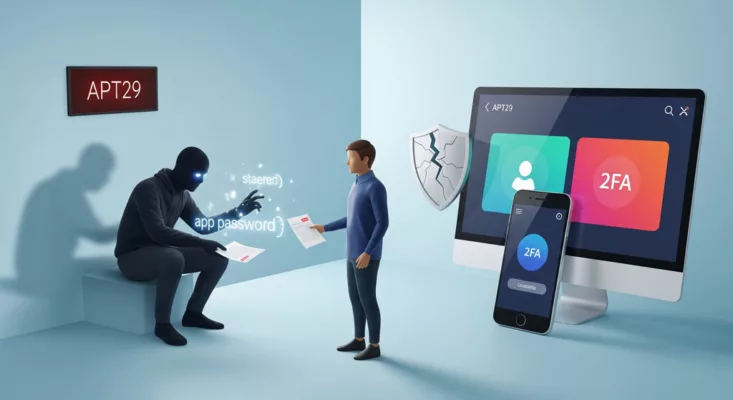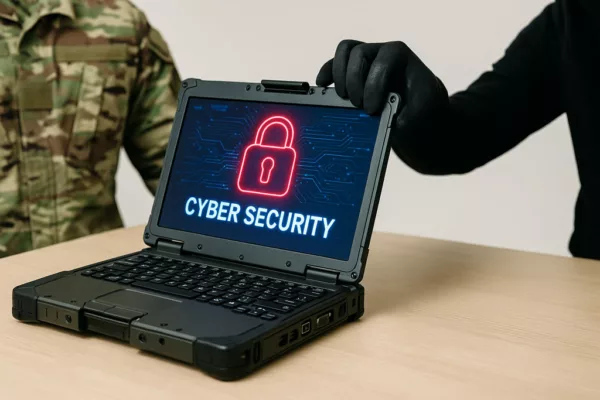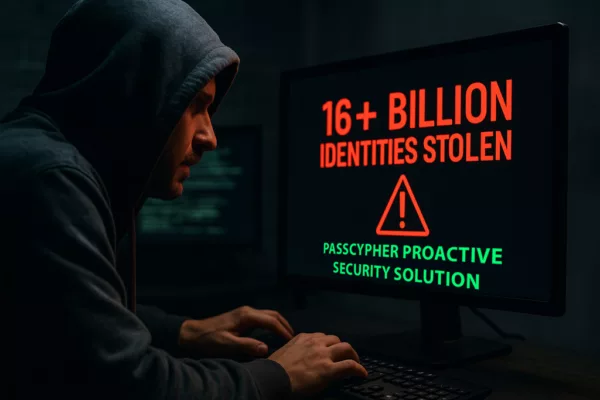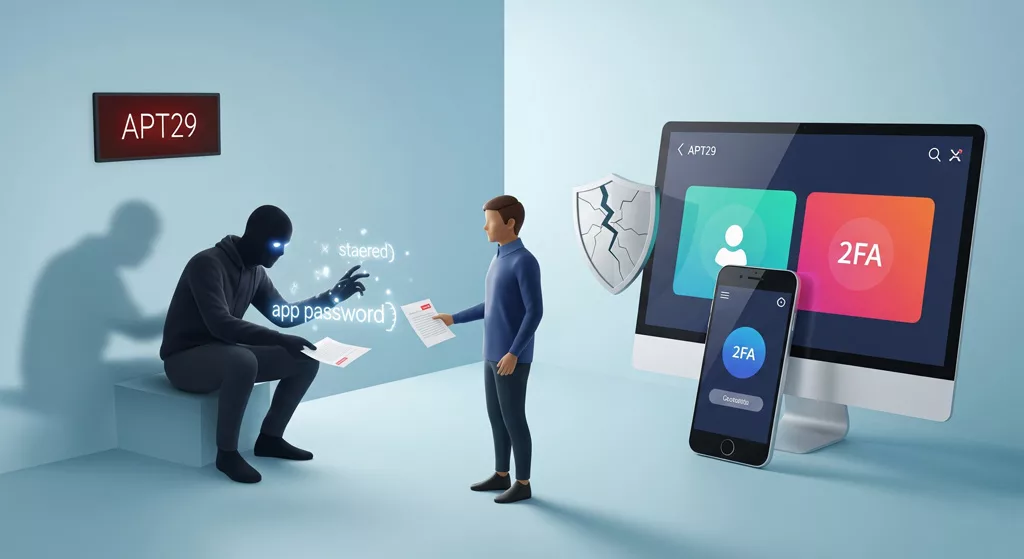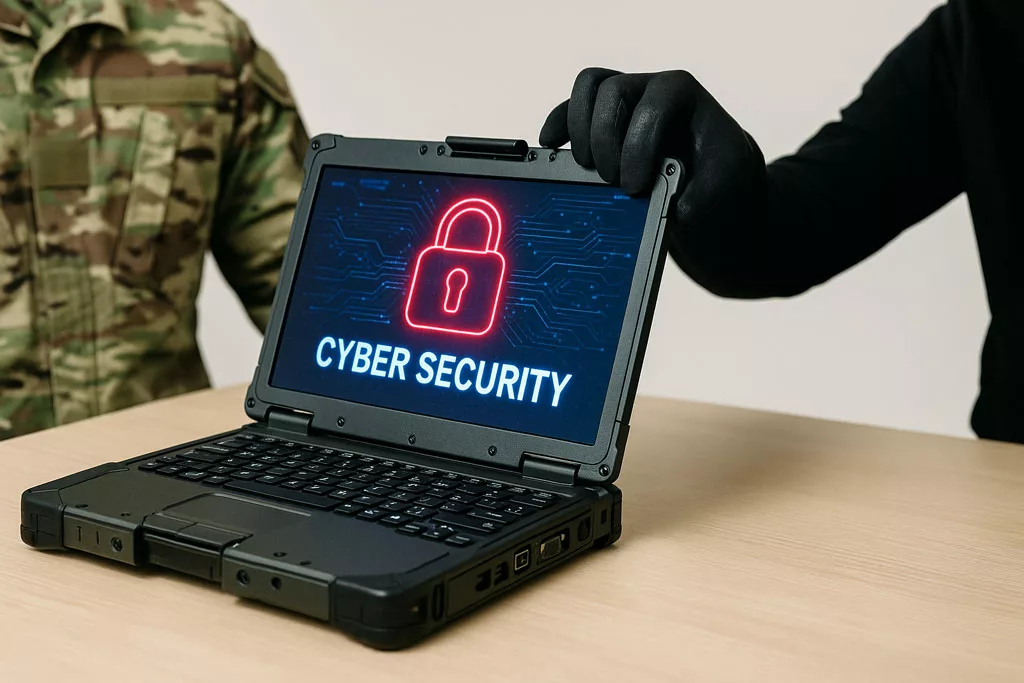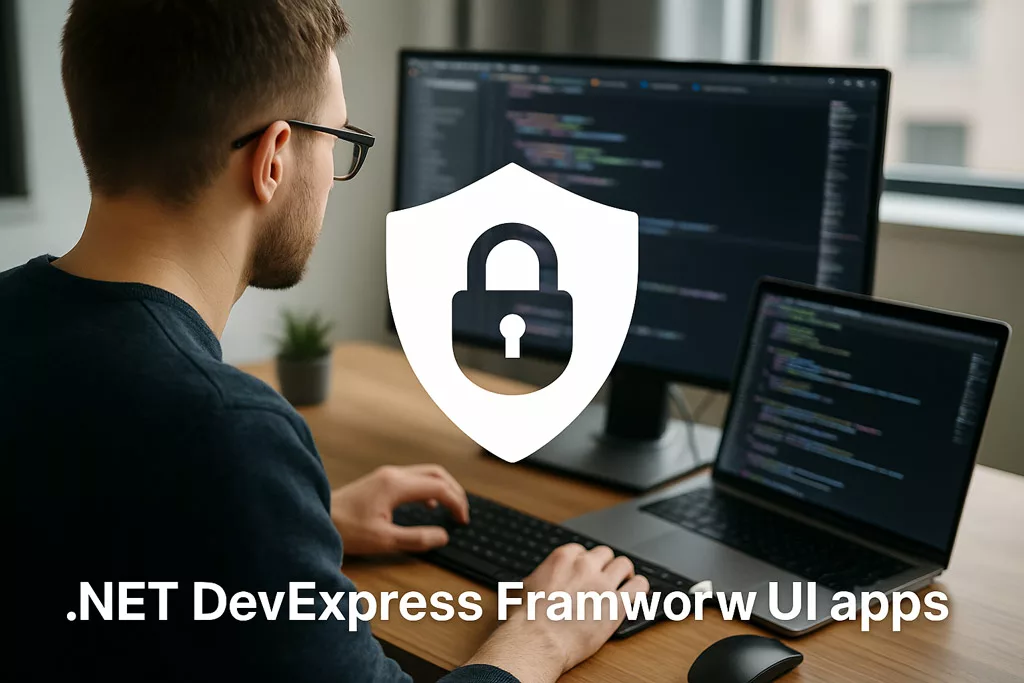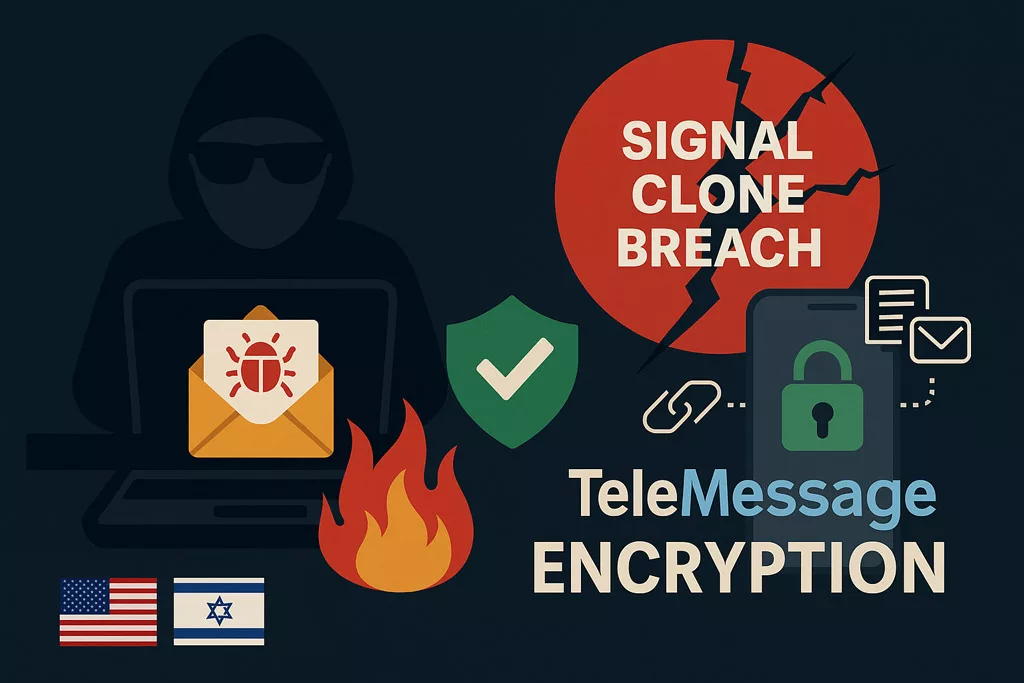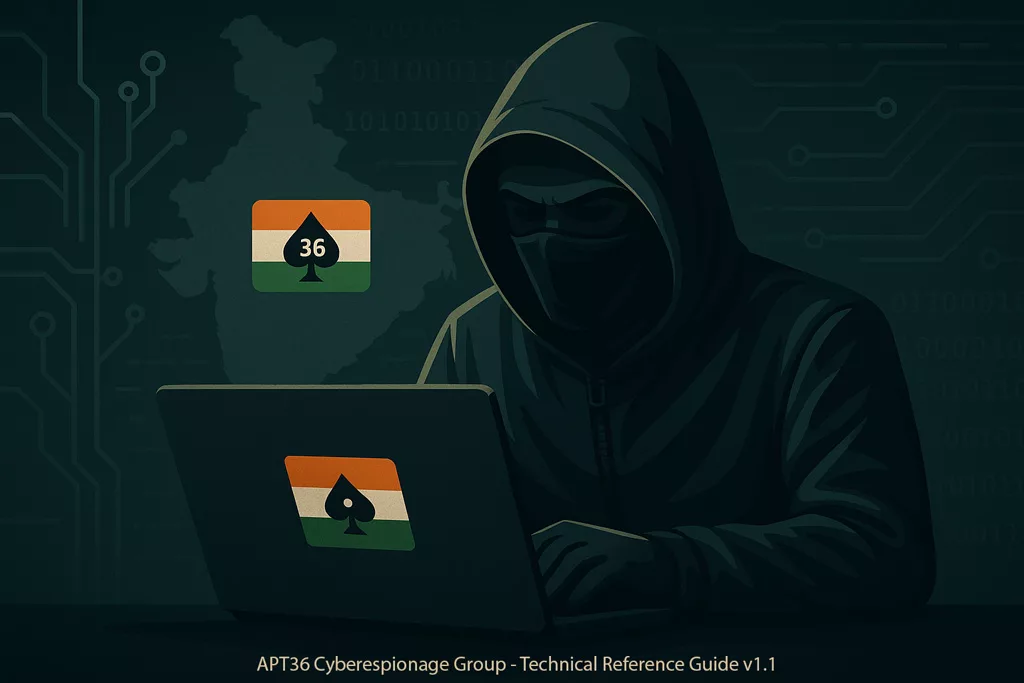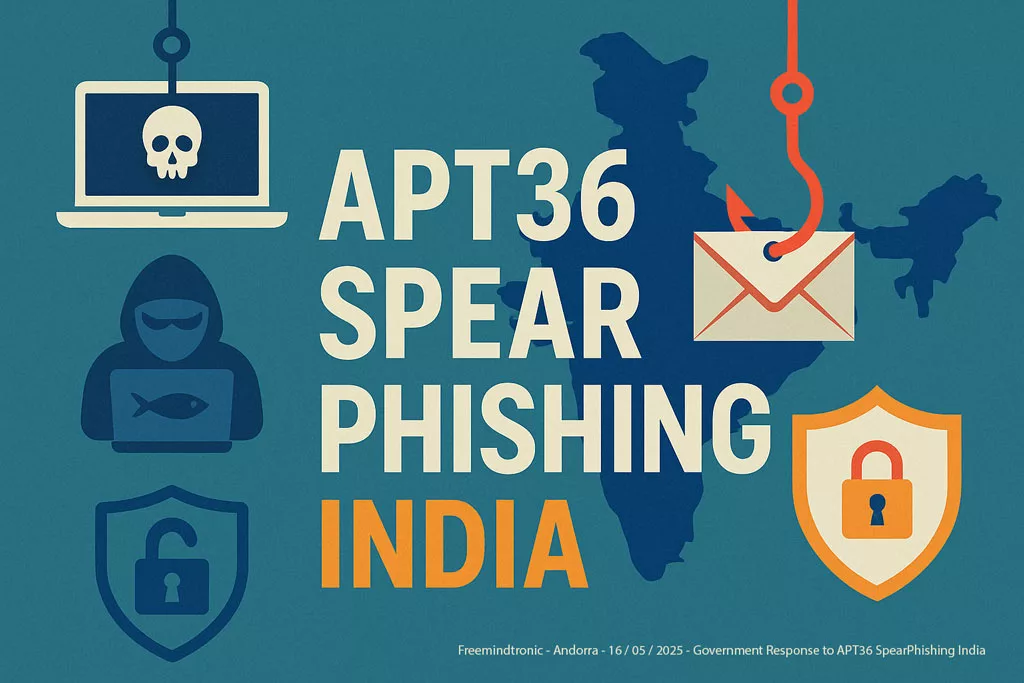A silent cyberweapon undermining digital trust Two-factor authentication (2FA) was supposed to be the cybersecurity bedrock. Yet, it has a crucial vulnerability: legacy systems that still allow application-specific passwords. Cyber threat actors like UNC6293, tied to the infamous APT29 (Cozy Bear), have seized this flaw to bypass advanced security layers and exfiltrate sensitive data—without triggering […]
Stay informed!
Join our community of technology enthusiasts! Subscribe to our newsletter and receive exclusive updates on the latest news, special offers, and tips from Freemindtronic. Stay informed on the latest technology trends, discover new products, and be among the first to take advantage of them. Sign up now by entering your email address below. Don't miss any updates from Freemindtronic!

